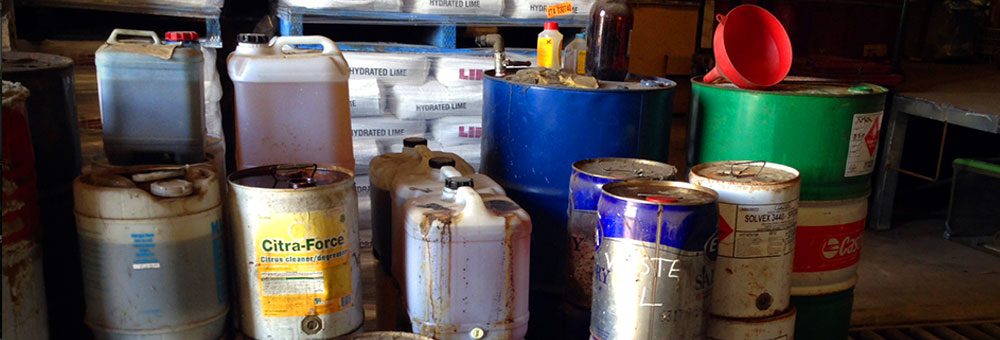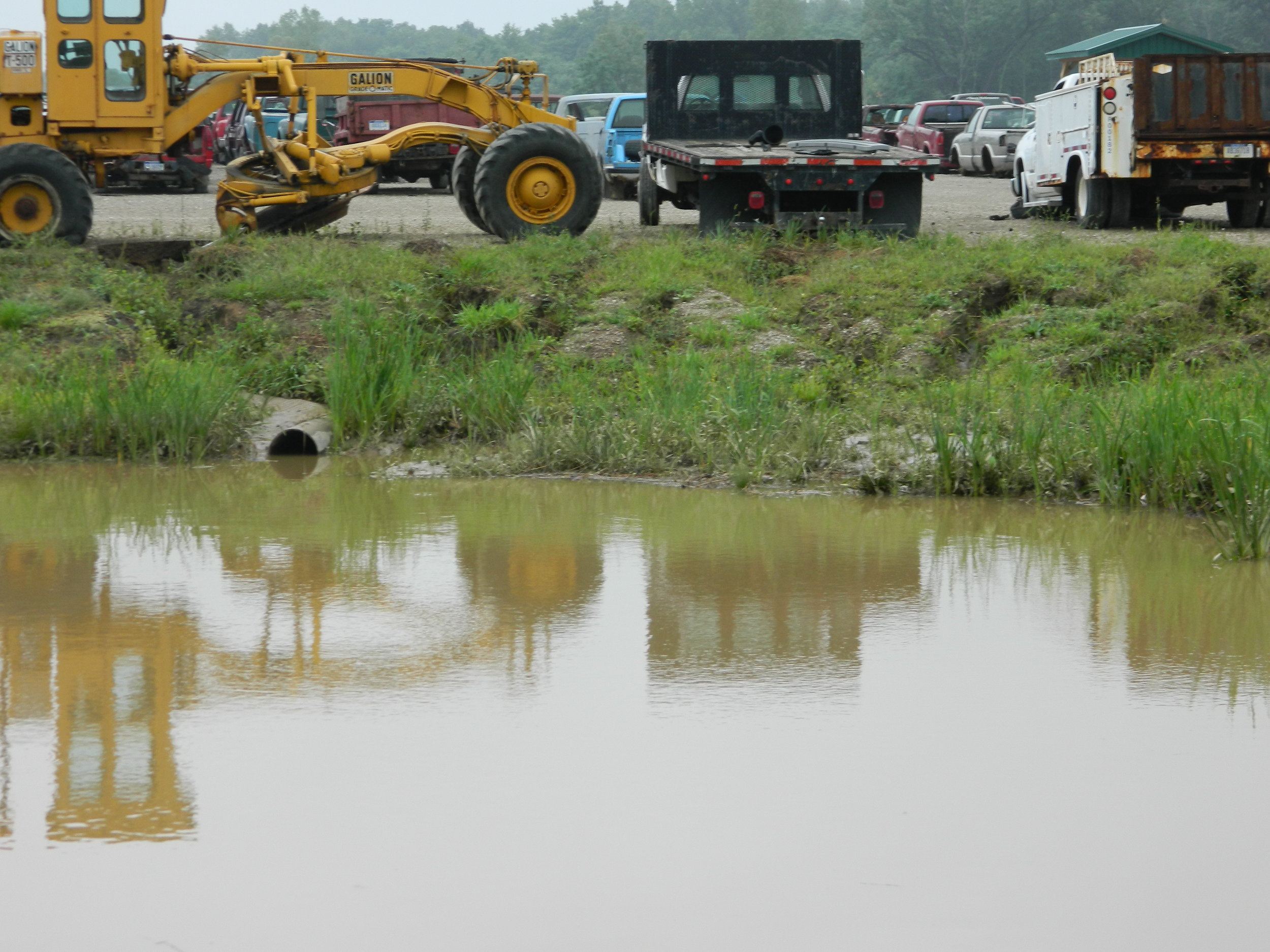Comprehending the Comprehensive Process of Liquid Waste Disposal: Best Practices and Environmental Influence Factors To Consider
The administration of fluid waste disposal is a complex problem that requires a detailed understanding of numerous finest techniques and their linked environmental effects. From the types of liquid waste generated to the techniques used for collection, therapy, and final disposal, each action plays an important function in safeguarding communities and public health and wellness.
Types of Fluid Waste
Understanding the numerous types of fluid waste is necessary for effective monitoring and disposal methods. Liquid waste can be broadly classified right into several kinds, each calling for special handling and therapy strategies.
Industrial fluid waste usually includes hazardous materials, consisting of hefty steels, solvents, and chemicals, produced during producing processes. These wastes necessitate rigorous regulative conformity to secure human health and the environment. Domestic liquid waste mostly describes wastewater created from houses, including sewer and greywater, which, although much less toxic, can still posture significant threats if improperly handled.
Agricultural fluid waste, consisting of runoff from farms, typically has fertilizers and pesticides that can cause ecological deterioration if not treated adequately. Medical liquid waste, created from medical care facilities, includes polluted liquids such as bodily fluids and chemicals, calling for specialized disposal approaches to avoid infection and ecological contamination.
Last but not least, oil and grease waste, typically generated by restaurants and automobile industries, can trigger extreme obstructions in sewage system systems if not taken care of effectively. Recognizing these groups promotes targeted strategies for treatment, compliance with regulations, and effective disposal techniques, ultimately advertising ecological sustainability and public health and wellness safety and security.

Collection Methods
Effective collection methods are vital for the proper monitoring of liquid waste, making sure that it is gathered safely and successfully before treatment or disposal. Different techniques are utilized relying on the sort of fluid waste created, the volume, and the specific attributes of the waste.
One common method is using dedicated collection containers or sumps, which are made to record fluid waste at the resource. These systems typically include pumps that assist in the transfer of waste to bigger storage space containers or therapy centers. Additionally, mobile collection units outfitted with vacuum technology are used in scenarios where waste is created intermittently or in hard-to-reach places.
For industrial setups, closed-loop systems can effectively reduce spills and leakages, allowing for the healing and reuse of liquid waste. It is also necessary to educate personnel on correct collection methods to reduce risks connected with unsafe compounds.
In addition, executing routine maintenance schedules for collection tools makes certain ideal efficiency and safety. The integration of advanced tracking systems can enhance collection effectiveness by giving real-time data on waste levels and potential threats. Overall, effective collection methods are fundamental to lasting liquid waste administration practices.
Therapy Procedures
Treatment procedures play an essential function in the administration of fluid waste, changing possibly hazardous materials into recyclable resources or risk-free effluents - liquid waste disposal. These processes can be extensively classified right into physical, chemical, and organic techniques, each customized to resolve details impurities present in the waste stream
Physical treatment methods, such as sedimentation and purification, work by removing put on hold solids and particulate issue. These methods are typically the primary step in the treatment chain, effectively decreasing the tons on succeeding processes. Chemical therapies involve using reagents to reduce the effects of harmful substances, speed up hefty metals, or oxidize organic pollutants, therefore improving the safety of the effluent.
Biological therapy procedures, including activated sludge systems and anaerobic digestion, capitalize on the all-natural capacities of microbes to break down organic matter. These methods are especially efficient for wastewater consisting of biodegradable contaminants. Advanced treatment technologies, such as membrane layer purification and progressed oxidation procedures, are significantly used to attain higher levels of purification.
Incorporating a mix of these therapy approaches not only makes sure conformity with regulative requirements yet also promotes environmental sustainability by recouping beneficial resources from fluid waste.
Disposal Options
Just how can organizations ensure the risk-free and accountable disposal of fluid waste? Reliable disposal alternatives are crucial for safeguarding public health and wellness and the environment. The key approaches include land therapy, disposal, and incineration complied with by discharge into metropolitan wastewater systems.
Land disposal involves the mindful containment of liquid waste in assigned land fills, ensuring that it does not leach into surrounding More Bonuses soil or water. Incineration, on the various other hand, topics fluid waste to high temperatures, converting it right into ash and gases, which need correct filtering to lessen exhausts. This method appropriates for contaminateds materials that can not be treated with traditional ways.
In cases where fluid waste can be treated, organizations may select biological or chemical treatment procedures Related Site to neutralize dangerous components prior to releasing the dealt with effluent right into municipal systems. This course typically aligns with regulative needs, ensuring that the effluent meets safety and security criteria.
Ultimately, companies must perform complete assessments of each disposal alternative to determine its stability, considering variables such as waste structure, regulative conformity, and potential threats to health and the atmosphere. By picking appropriate disposal approaches, organizations can contribute to a responsible waste monitoring method.
Ecological Effect
The environmental impact of liquid waste disposal is an essential factor to consider for companies seeking to reduce their ecological impact. Furthermore, the discharge of unattended or improperly treated waste into surface area waters can result in eutrophication, leading to oxygen deficiency and the succeeding fatality of fish and other organisms.

To minimize these influences, organizations must adopt ideal methods such as executing strenuous waste treatment procedures, promoting recycling and reuse, and adhering to governing standards. By taking a proactive approach to fluid waste administration, entities can significantly reduce their environmental footprint while sustaining sustainable growth objectives. Inevitably, an extensive understanding of the environmental impacts connected with fluid waste disposal is necessary for informed decision-making and accountable stewardship of natural resources.
Conclusion
Effective monitoring of fluid waste is important for securing environmental stability and public health. Ultimately, a comprehensive understanding of fluid waste disposal not only reduces environmental impacts however additionally promotes a dedication to liable source management and ecological stewardship.
The management of liquid waste disposal is find here a complex concern that needs a comprehensive understanding of various finest techniques and their connected environmental influences. From the kinds of fluid waste generated to the techniques used for collection, therapy, and last disposal, each step plays an essential role in safeguarding environments and public health.The ecological influence of liquid waste disposal is a crucial consideration for organizations seeking to lessen their environmental impact. Ultimately, a comprehensive understanding of the environmental influences linked with fluid waste disposal is crucial for notified decision-making and accountable stewardship of all-natural resources.
Inevitably, a thorough understanding of liquid waste disposal not just reduces environmental effects however additionally fosters a commitment to liable resource administration and environmental stewardship.